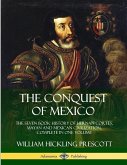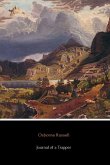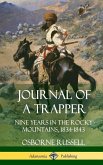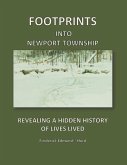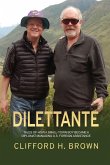Both volumes of John Lloyd Stephens epic accounts of the Yucatan are united in this single volume, complete with over 100 illustrations of encounters on his journeys in Central America. Prior to the 1840s, when J. L. Stephens published this superb account of his explorations, the Yucatan was only crudely charted by Western explorers. Yet their descriptions of the odd ruins and beautiful landscape intrigued the young John Lloyd Stephens, who spent years yearning to explore and better chart the faraway lands. After a number of years spent traversing Europe and Egypt, Stephens was in 1839 commissioned as a Special Ambassador to the Central Americas. Accompanied by his friend, the architect and draughtsman Frederick Catherwood, Stephens set off for the wilderness of the Yucatan, landing in what is today Belize. It wasn't long before the pair encountered the first Mayan ruins: the city of Copan. Captivated by the unique architecture and distinctive cultural remnants, the two pressed further inland.
Perhaps the most interesting book of travel ever published. Edgar Allan Poe
Through Stephens s eyes, readers see Yucatan villages of 150 years ago, when Indians used cacao beans instead of money in their marketplaces; a Catholic/indigenous hybrid funeral that seems no more barbaric than the crude medical treatments rendered by another of Stephens s travel companions, Dr. Cabot, on their Mayan guides. One of the first to acknowledge that indigenous Americans might have built the great American pyramids and temples, not Egyptians, Greeks or one of the lost tribes of Israel, Stephens voiced a rare, nonjudgmental viewpoint in a time when European cultural elitism was the unquestioned norm. Not just a curiosity for archeology buffs or cultural studies types, this is also an informative, intriguing guide for armchair travelers. Publishers Weekly
Through Stephens s eyes, readers see Yucatan villages of 150 years ago, when Indians used cacao beans instead of money in their marketplaces; a Catholic/indigenous hybrid funeral that seems no more barbaric than the crude medical treatments rendered by another of Stephens s travel companions, Dr. Cabot, on their Mayan guides. One of the first to acknowledge that indigenous Americans might have built the great American pyramids and temples, not Egyptians, Greeks or one of the lost tribes of Israel, Stephens voiced a rare, nonjudgmental viewpoint in a time when European cultural elitism was the unquestioned norm. Not just a curiosity for archeology buffs or cultural studies types, this is also an informative, intriguing guide for armchair travelers. Publishers Weekly



